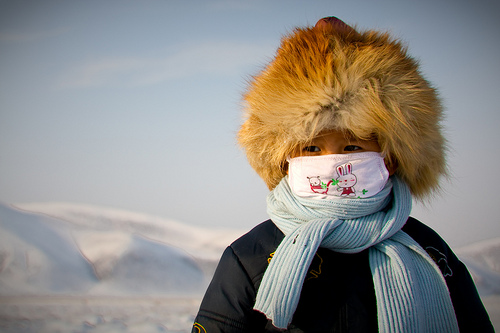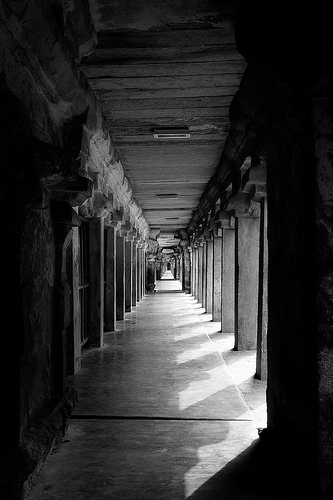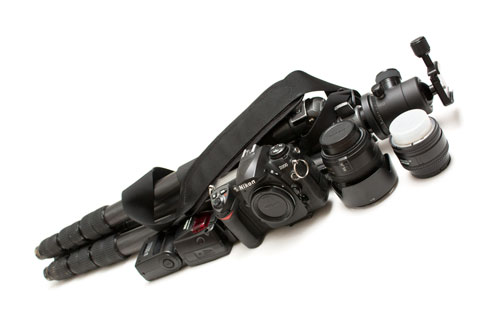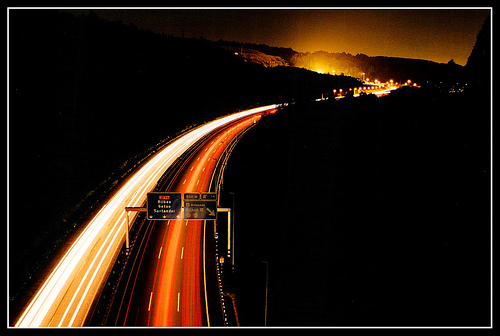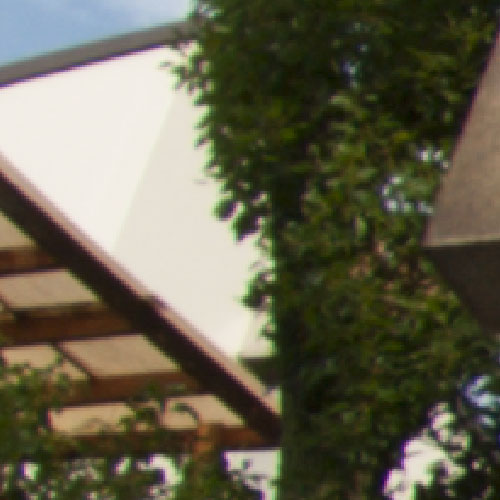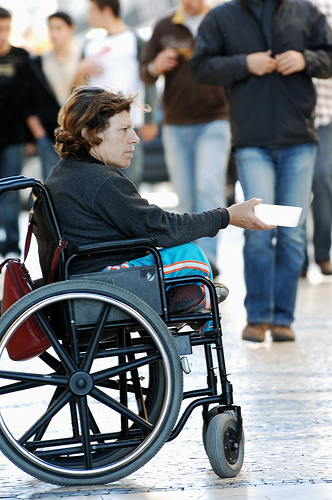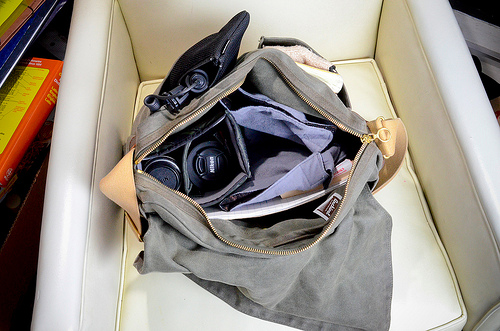How to take stunning photos
There are certain photos that evoke an immediate reaction from us, and force us to pay attention. To take a photo like this is what every photographer is after (at least, it is for the majority of us who photograph for the love of photography).
Taking a stunning photo isn't something that just happens (though sometimes you can get lucky). Most often there is a lot of time and effort behind the photo. In this article I'll share some tips to help you get closer to the goal of capturing that beautiful shot.
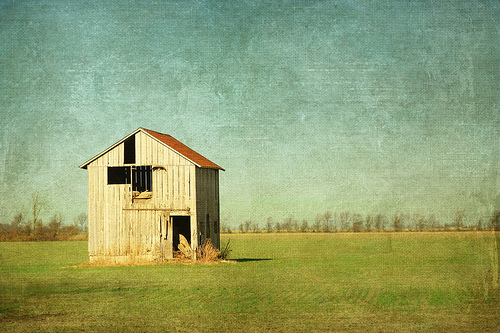
simple by Robb North on flickr (licensed CC-BY)
